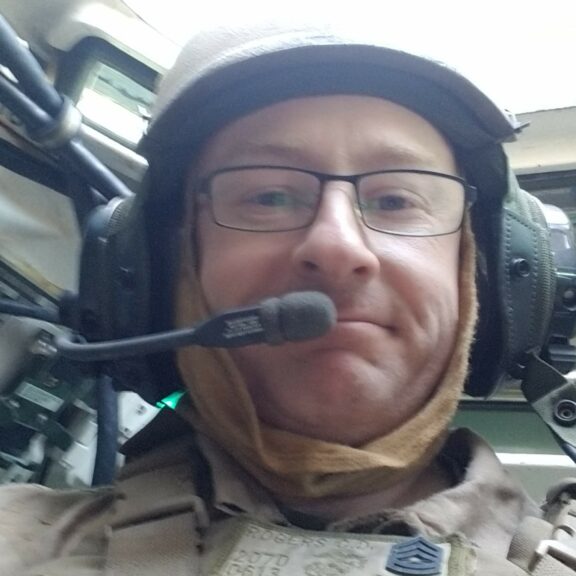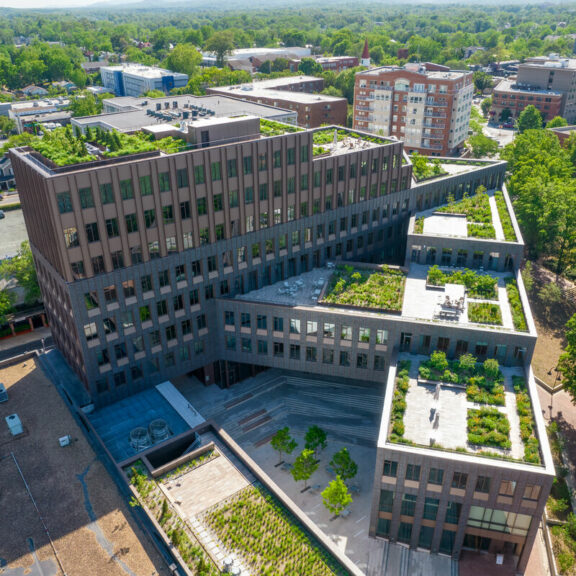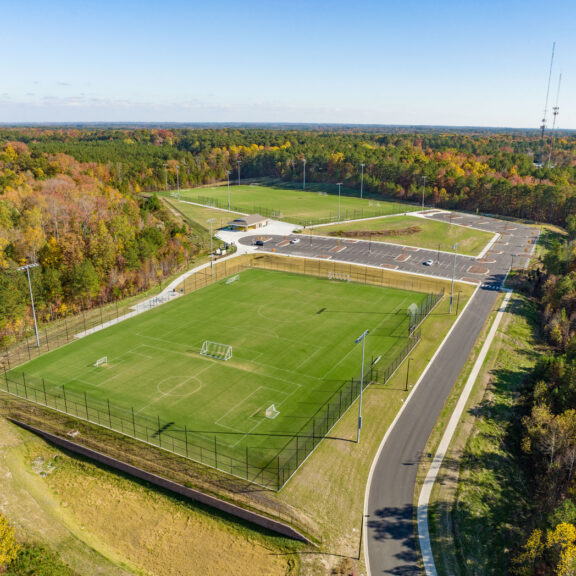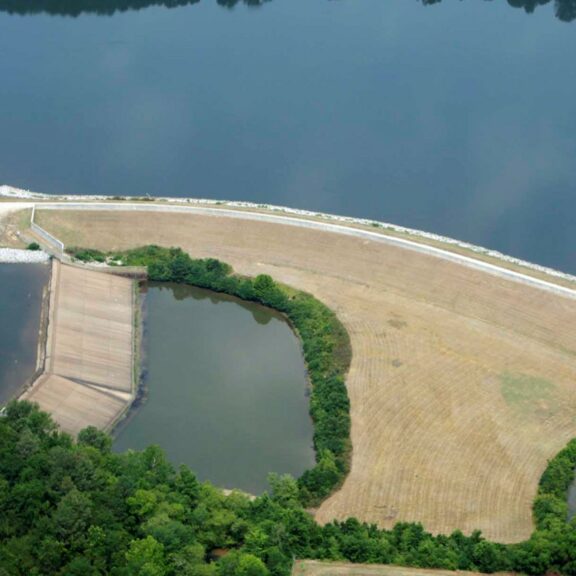If you’re anything like me, you’ve questioned how water and wastewater engineering works — How water gets to our taps, ice makers, and showers and how it leaves our homes and businesses to be used again. It’s a unique process and one that takes a team of experts to make sure the water we’re ingesting is safe.
If you’re not like me and haven’t wondered about this before, you’re in luck. Because to answer all the questions you didn’t know you had, I sat down with Chris Petree on our water and wastewater Raleigh team to get the down low.
With more than 17 years of experience in the planning, evaluation, and designing of water and wastewater infrastructure, he leads a group of 10 engineers and designers in our Raleigh office. Chris’ expertise lies in water and wastewater treatment, storage, pumping stations, and large-scale hydraulic modeling, or what’s colloquially referred to in our industry as ‘wet utilities’.

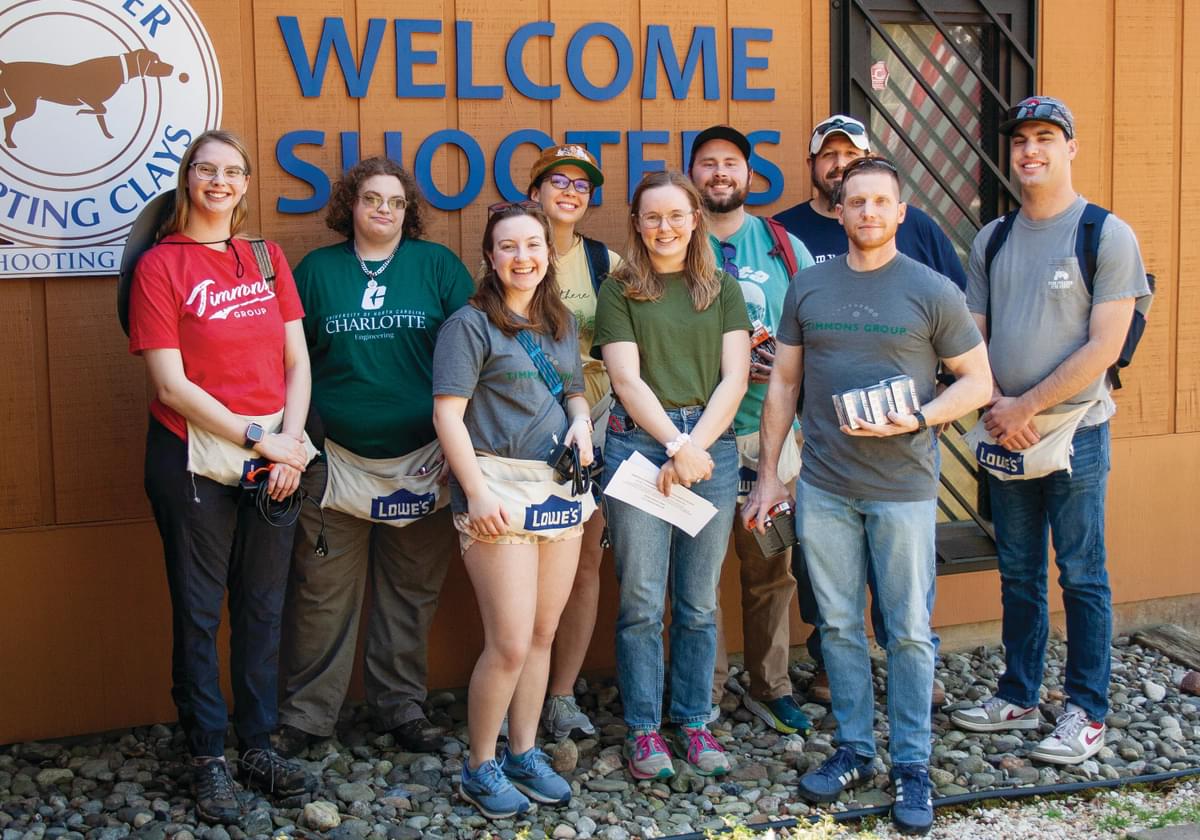
Before we dive into services the team offers, we first need to understand how municipal water utilities work. So, how does drinking water make it to us?
Water starts as precipitation and makes its way to rivers, reservoirs, and underground natural aquifers. The type of water resource will determine how a locality retrieves it. For rivers and reservoirs, localities use raw water pump stations to retrieve water, while localities with better access to groundwater will drill wells to pump water to the surface. Either way, the water makes its next move to a water treatment plant. Unless you’re an individual with a private well, this is how most Americans’ water journey begins.
Once at a treatment plant, the raw (untreated) water is cleaned and enhanced in processes that bring the water into compliance with the EPA standards for drinking water (also known as potable water). These regulations help ensure that our drinking water is free of contaminants that pose health risks to humans, like certain chemicals, microscopic organisms, or heavy metals.
From there, potable water is distributed to homes and businesses via a network of water transmission and distribution mains. Another critical aspect of water distribution systems is water storage. Potable water is stored in ground-level or elevated water storage tanks to act as an emergency supply during peak demand periods, fire flow events, or even disruptions in the potable water supply. Ground-level tanks use pumps and elevated tanks use gravity to maintain the desired water pressure in the distribution system.
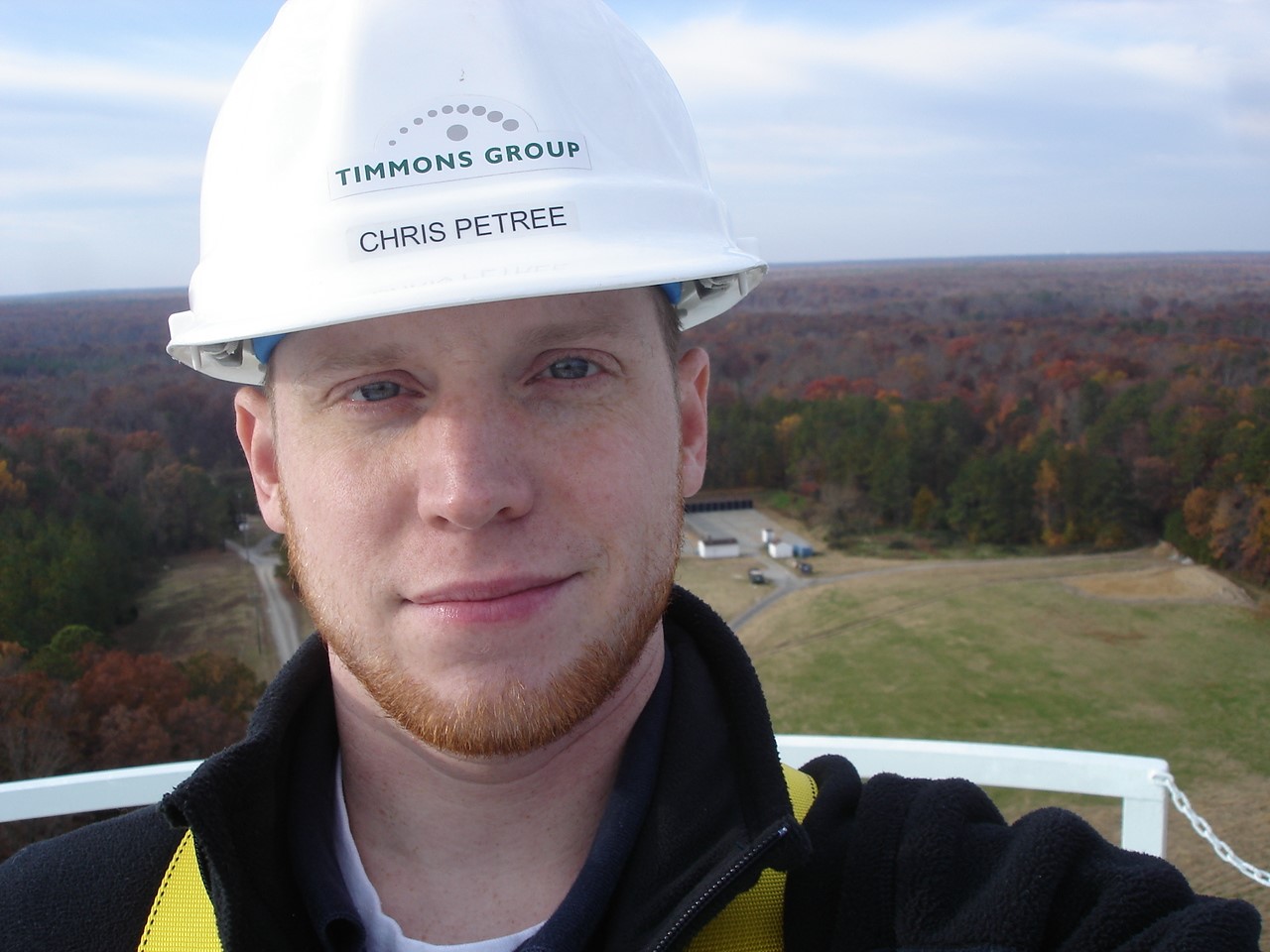
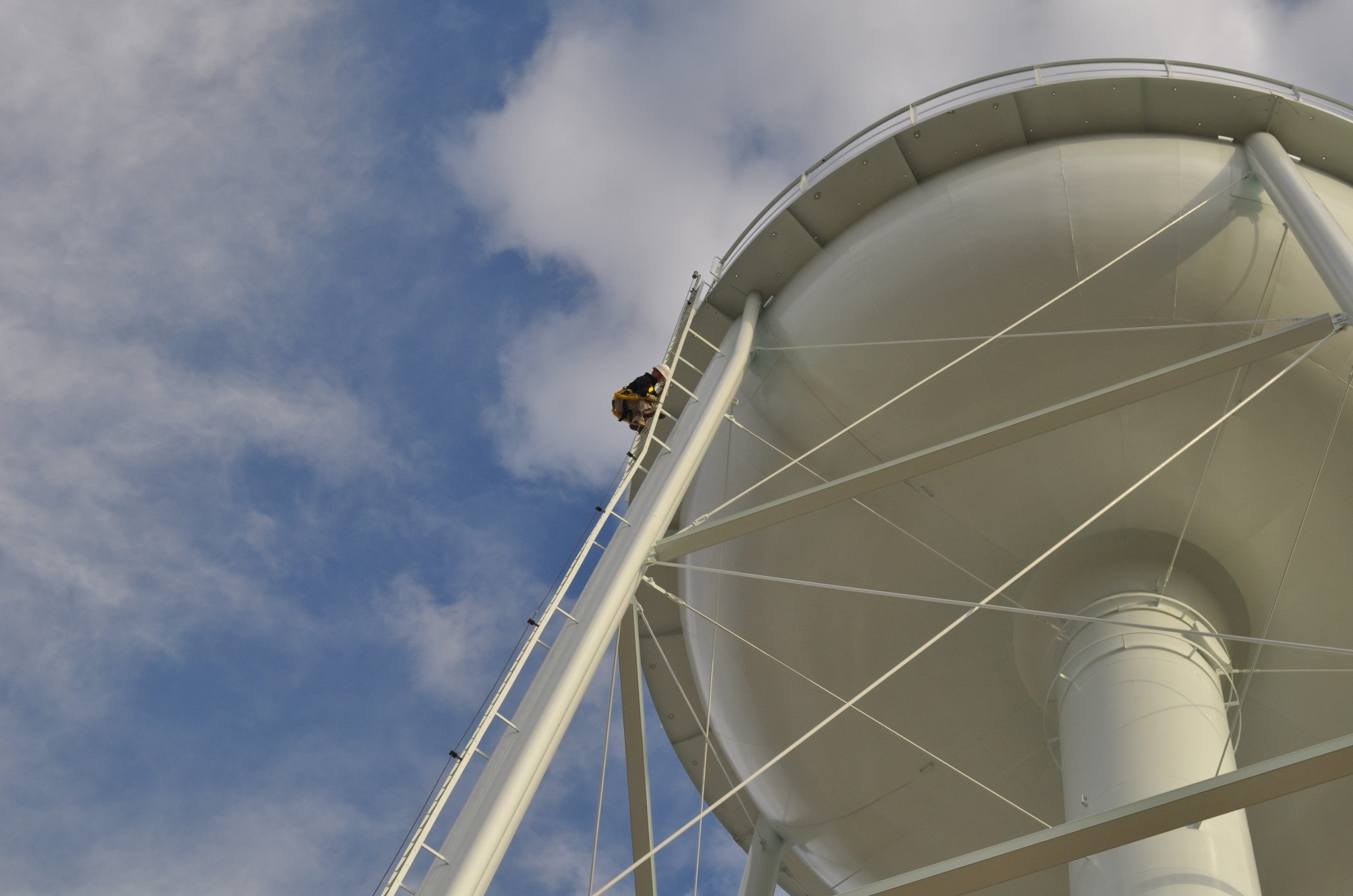
Once water has been used in our homes and businesses, it flows down sink drains, through our washing machines, or is flushed down the toilet where it’s collected by a network of gravity sewer pipes that end at a local wastewater treatment plant or an intermediate pump station. Pump stations allow the transfer of wastewater where gravity sewers can no longer work, such as up hills or over very long distances.
A wastewater treatment plant, sometimes called a water reclamation facility, is typically comprised of a series of tanks and equipment with varying purposes, but ultimately results in the separation of solids, both organic and inorganic, as well as contaminants from the water. The size and complexity of the wastewater treatment plant is determined by the amount of flow it receives and the effluent water quality standards being targeted.
After the wastewater is cleaned, it can be released back into the environment or captured for reuse (referred to as reclaimed water). Reclaimed water is typically used for things like irrigating crops, watering golf courses, supplying fisheries, or other industrial processes. It can even become potable again if it is pumped into a water treatment facility, where it begins the treatment process over. From start to finish, water that is continuously moving can make it through the entire process in a matter of days or weeks.
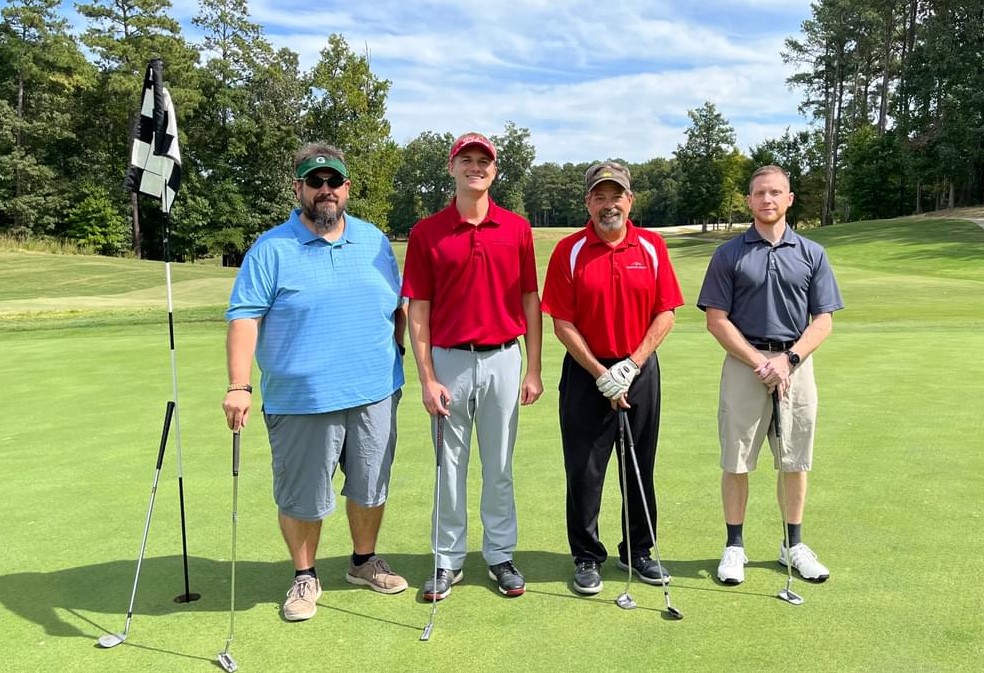
Now that we better understand how water is retrieved, treated, and distributed, we can dive further into how Chris and his team keep the water flowing from process to process. Chris’ team covers the full spectrum of our clients’ water and wastewater engineering needs.
“We’re on both sides of the tap,” Chris told me. It was the simplest way he could put it. His team manages projects for both drinking water and wastewater. “Our team supports our clients’ water and wastewater needs throughout North Carolina, so we design everything from raw water procurement and water treatment plants and distribution systems to wastewater conveyance systems and treatment facilities,” he said.
When Chris and his team are called into action, it could be to support a new private development or to support the growth of a city! This could mean performing studies on the capabilities of an existing utility system or designing a new system entirely. The amount of pre-design work required is determined by what data Chris and his team can collect from the client or an on-site visit to scope out a project.
Chris’ team works for private clients and municipalities to ensure their projects are capable of handling the amount of water flowing in and out through hydraulic modeling. It’s a significant part of the water engineering process, and it’s one of the team’s specialties.
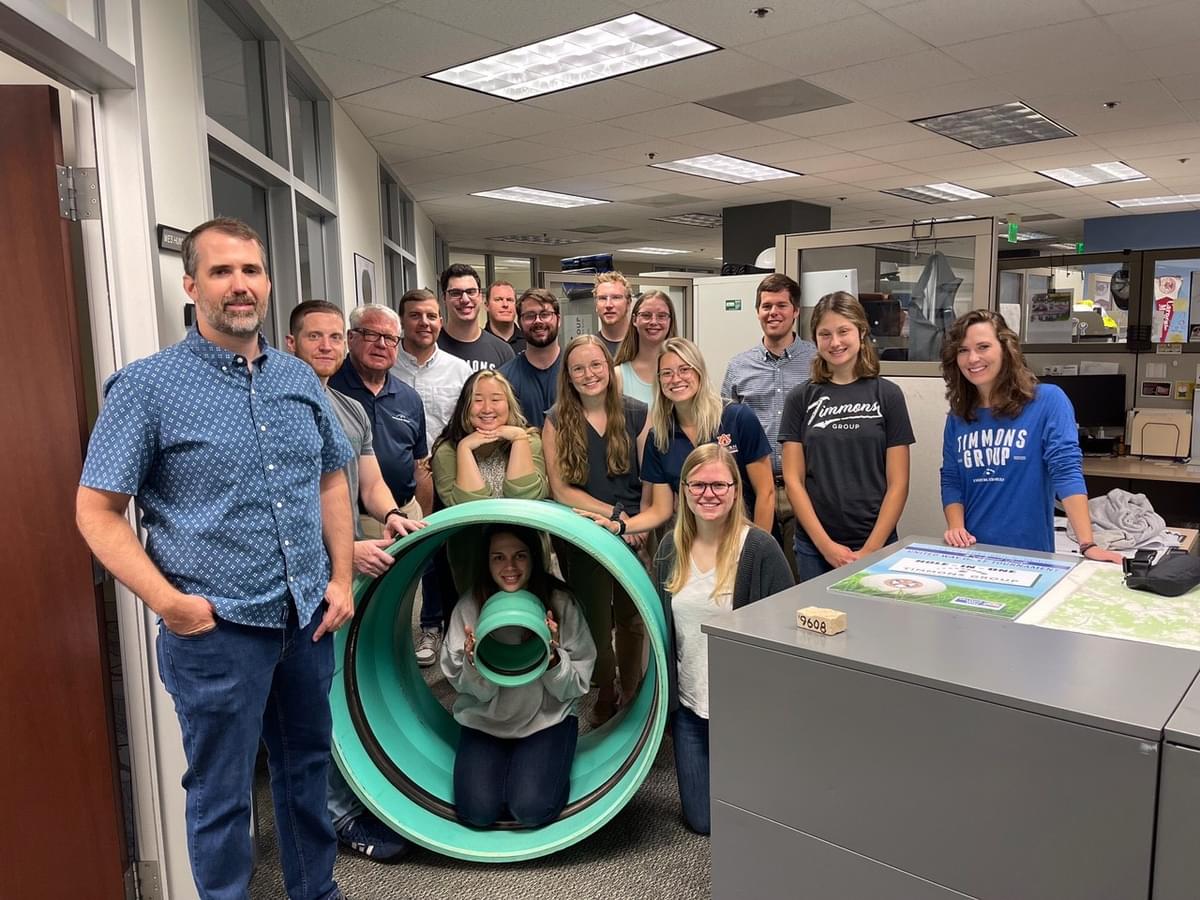
As development continues to grow rapidly (especially in Raleigh where Chris’ team is based), water and wastewater engineering is a definitive resource for developers and the community. Chris and his team must keep sustainable practices, cost efficiency, project timelines, and water resources at the top of their minds when engineering solutions for their clients.
Chris says the impact created by water and wastewater engineering is fulfilling because his team is making a deliberate investment in the health and safety of the community at large. “We work with clients on a variety of projects, and at the end of the day, our goal is to make sure that no one has to think twice about where their water comes from when they need it or where it goes when they are done with it.”
Interested in working with Chris? Give him a shout to discuss your next project’s water resources needs!

